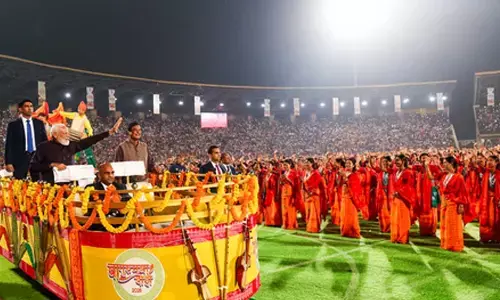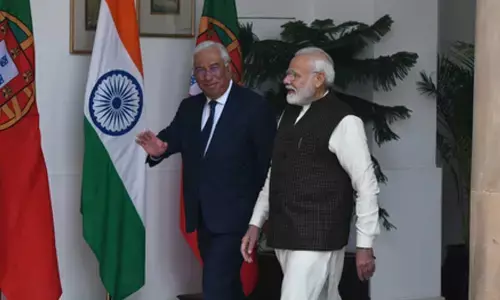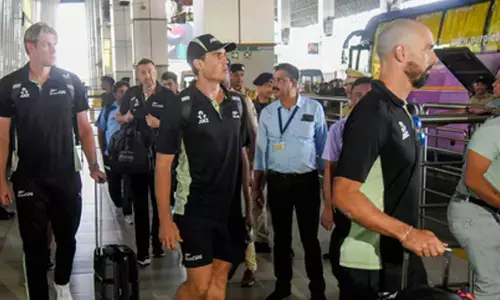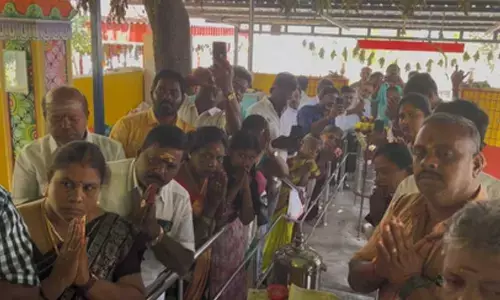How Diversified is the Customer's Purchasing Pattern in India?

For representational purpose
The Indian retail sector has seen substantial changes as a result of the recent expansion of e-commerce and consumers' growing interest in making purchases online.
How Diversified is the Customer's Purchasing Pattern in India?The Indian retail sector has seen substantial changes as a result of the recent expansion of e-commerce and consumers' growing interest in making purchases online. Customers nowadays are more willing to embrace change and focus on the benefits they might get from online shops.
With the evolving era and developing nation, the customer behaviour is also changing. They are more into experimenting trends rather than sticking to one that fits. All thanks to the online e-commerce websites. They have made it quite easy for anyone to try anything they find fascinating or worth experimenting with. Another best part about online shopping that attracts consumers towards it is the fact that "A consumer can easily compare the prices of different brands without putting oneself into too much of hassle".
There is a drastic change in the mindset of consumers, but this change is tragically diversified, just like the population of India.
To understand the consumer's diversity on a broader level, we've classified them based on their geological locations:
India has one of the most seasoned and distinctive cultures. Incredible sociological diversity may be seen in India. Nearly every state has developed a distinct social niche, with the South, West, North, and Northeast having the most distinctive societies.
North-Eastern Diversity: The culture, spices, handicrafts, and clothing of North East India are among its many fascinating characteristics. When it comes to a place to call home, the North East Region (NER), which creates a singular patchwork of cultural landscapes, has an unusual predilection. For instance, even though brown is the standard hue for furniture and décor in India, the NER consumer loves white and black-coloured furniture and décor goods.
Since the region is high on humidity, more than 50% of the consumers prefer Engineered wood over any other quality of wood. According to statistical analysis, it is predicted that this cultural trend of furniture shopping with respect to colour and quality will soon be acquired by most of the Indian regions.
Northern Diversity: The distinctive architectural heritage sites and places of worship in North India represent the region's cultural diversity. North India's culture is represented by the combined cultural legacy of its seven states. Since this region of India attracts the maximum number of tourists throughout the year, all the furniture items that are maximally purchased comprise of furniture pieces that require less maintenance and can be easily upgraded with the newest trends, like bean bags, swing chairs, love seats, etc.
Western Diversity: West's over-spiced culture has always stood out. Be it Gujarat's sparkling hues or Maharashtra's popular breakfast, everything about the West is just mind-blowing. People here are so close to the traditions and nature that they embrace themselves in wooden furniture more than anything. They really love to experiment a lot while giving almost everything a touch of their culture and art. This region blends beauty and traditions in a way that wins everyone's heart.
Southern Diversity: The South is generally known for its high-tech personality and technically fastest growing hub, especially Bangalore. Since people there work so hard to achieve their goals (as they have the highest competitors in the market), they often love to reward themselves with luxurious life. Hence it is remarkably noticed that the Southern regions of India invest so much in home and office furniture units along with party items like bar furniture. They consume almost 50% of Sheesham wood furniture fashioned at online furniture stores.
With diversified patterns of shopping, one needs to have a place which one can totally rely upon. And, there are many e-commerce platforms to cater the needs of millions of customers with varied choices and shopping patterns.
(The Article is Authored by – Lokendra Ranawat, Co-Founder & CEO, WoodenStreet & Edited By JK Jha)














